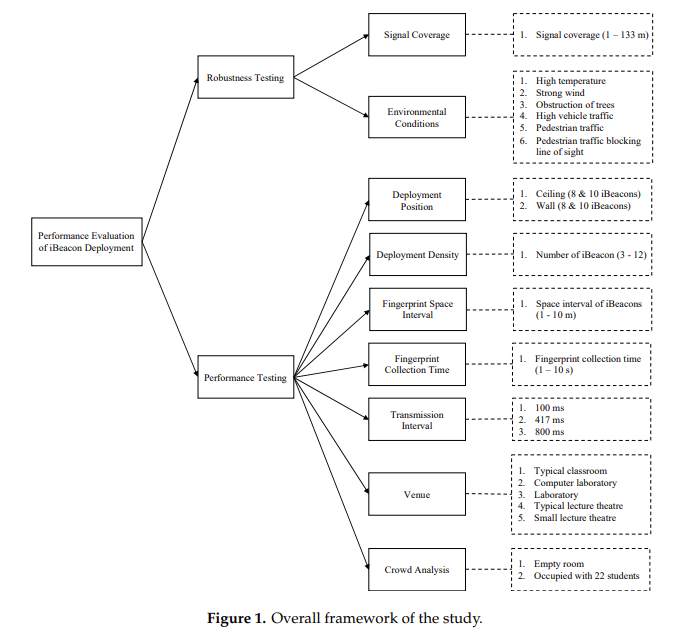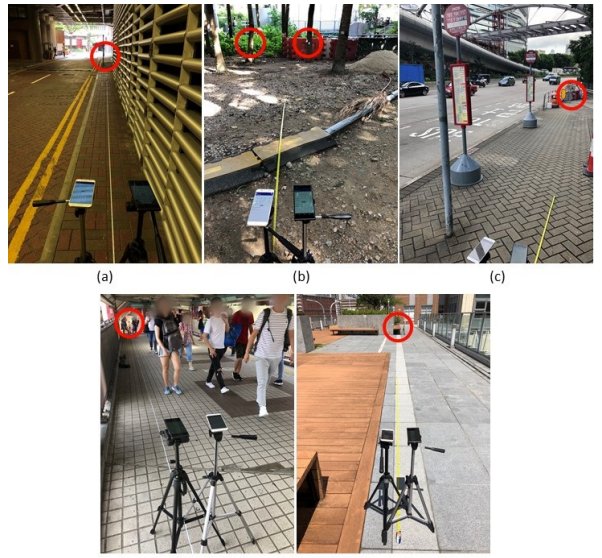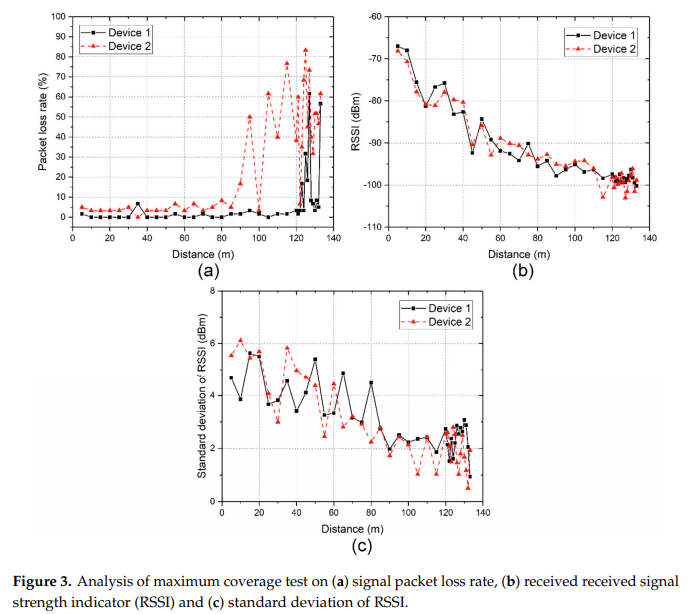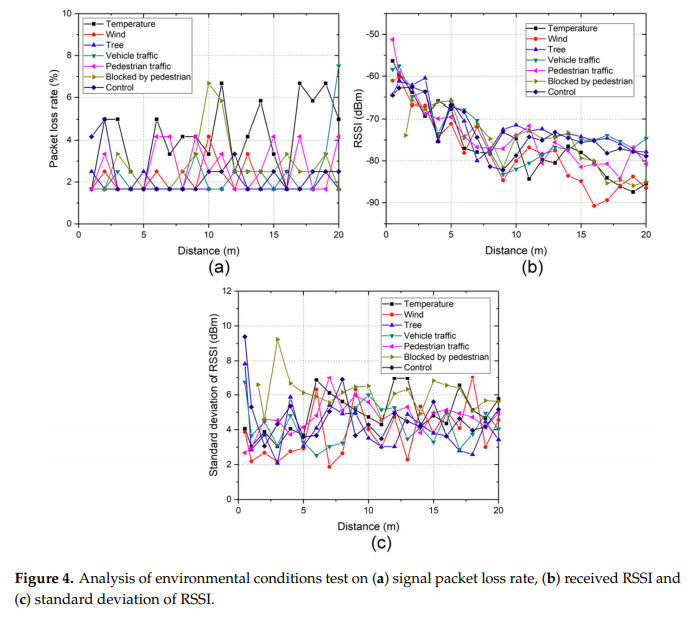There’s recent work by researchers at Hong Kong Polytechnic University on Performance Evaluation of iBeacon Deployment for Location-Based Services in Physical Learning Spaces.

The paper examines signal availability, signal stability and position accuracy under different environmental conditions. The aim was to provide recommendations for iBeacon deployment location, density, transmission interval and fingerprint space interval. While the research considered beacons in teaching and learning environments, the conclusions are also applicable to other situations.

The paper describes positioning using the trilateration and fingerprinting methods. Experiments were performed in a 3.44m to 1.80m classroom to determine optimum beacon placement density.


The main conclusion was that greatest signal attenuation and variation was caused by pedestrian traffic blocking the line of sight between iBeacon and receiver. High temperature and strong winds also caused minor discrepancies to the signals. Trees and nearby vehicle traffic didn’t have any negative effects on the signals.
Deployments should consider the line of sight as the first priority. For the above mentioned room size, positional accuracy increased when the number of beacons was increased from three to eight. Using more beacons didn’t improve accuracy. An average spacing of 4.4m is recommended for iBeacon deployment. A settings of 417ms transmission interval is advised as a compromise between battery life and positional accuracy.
Read Determining Location Using Bluetooth Beacons